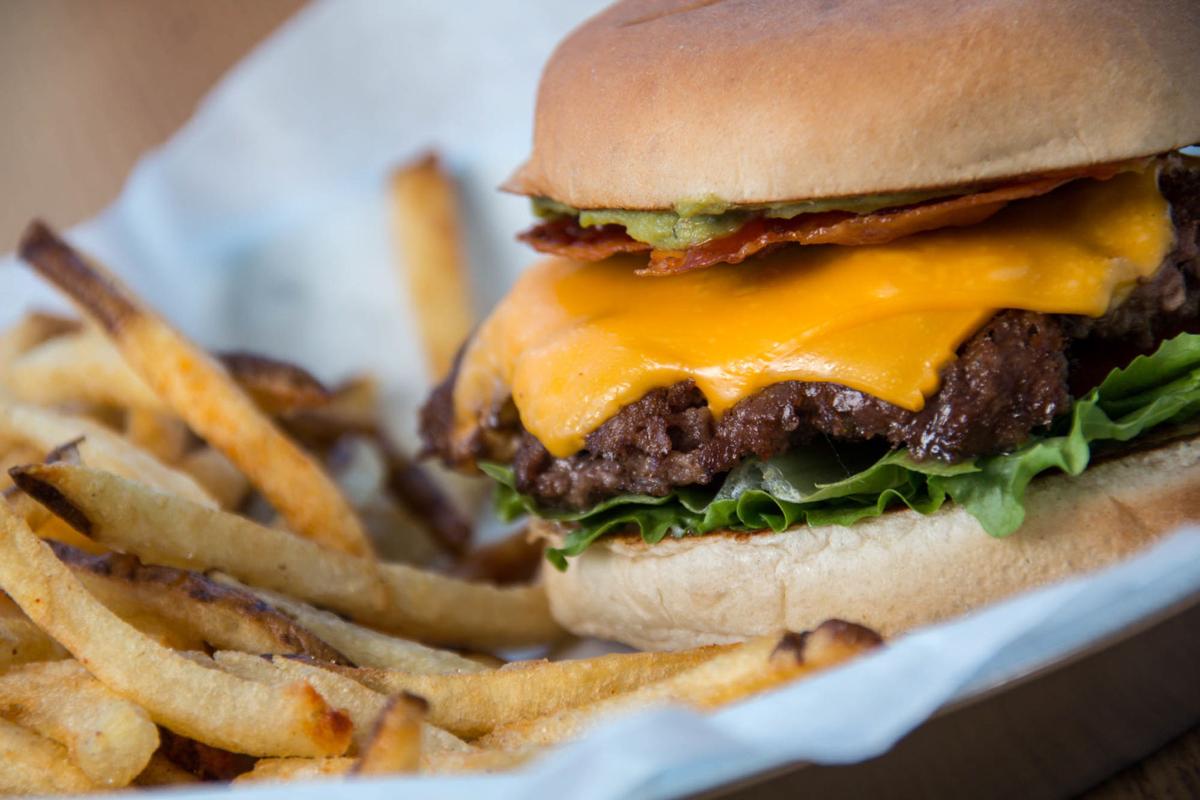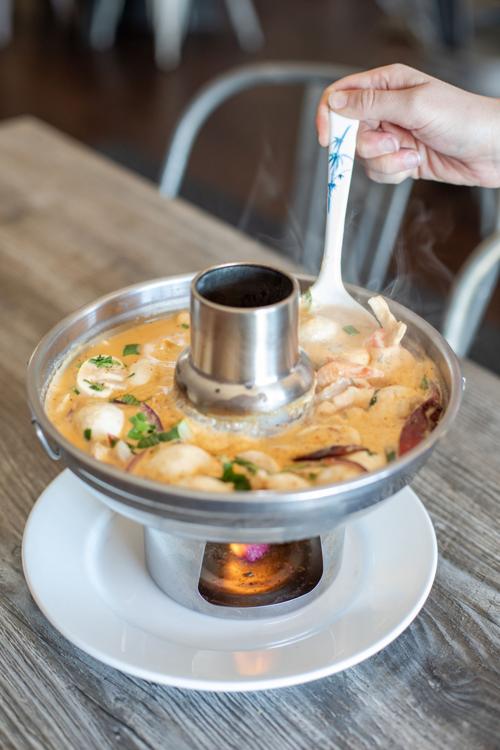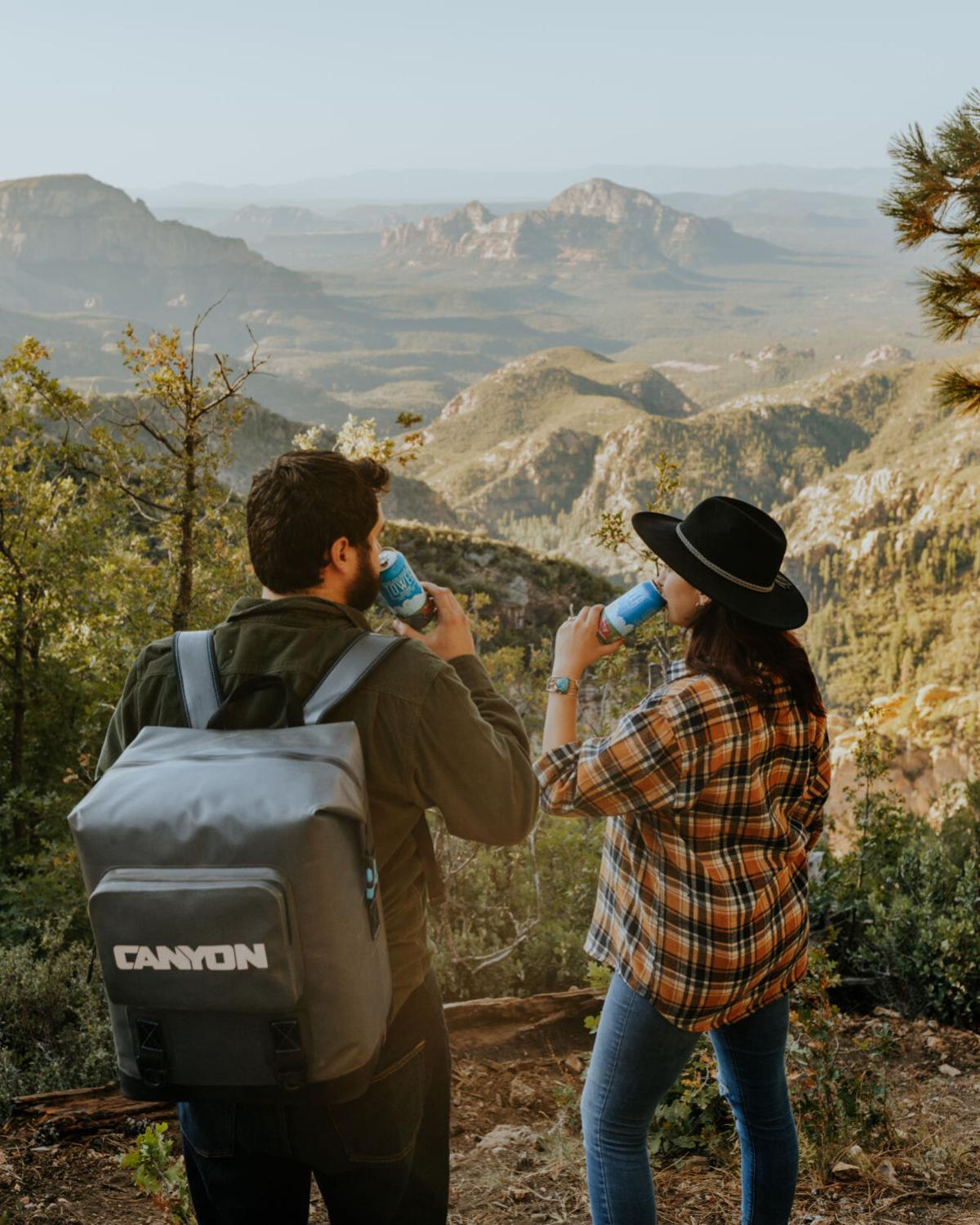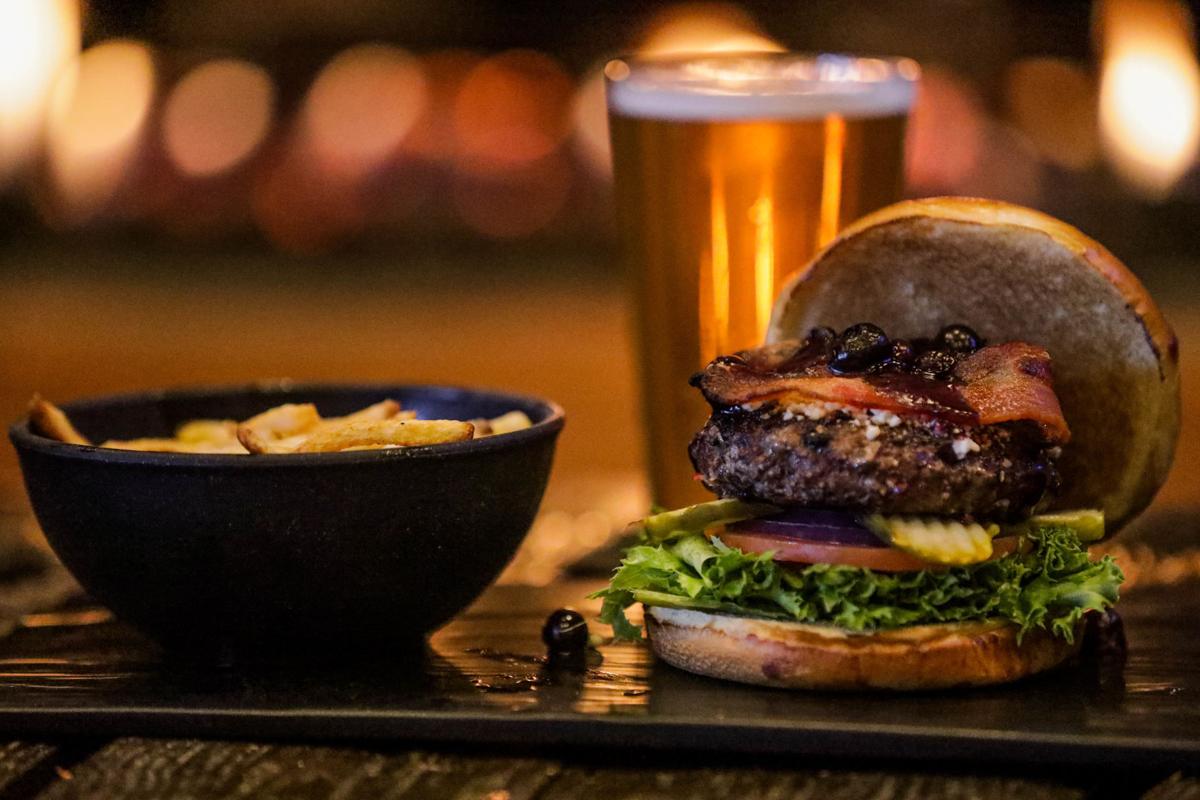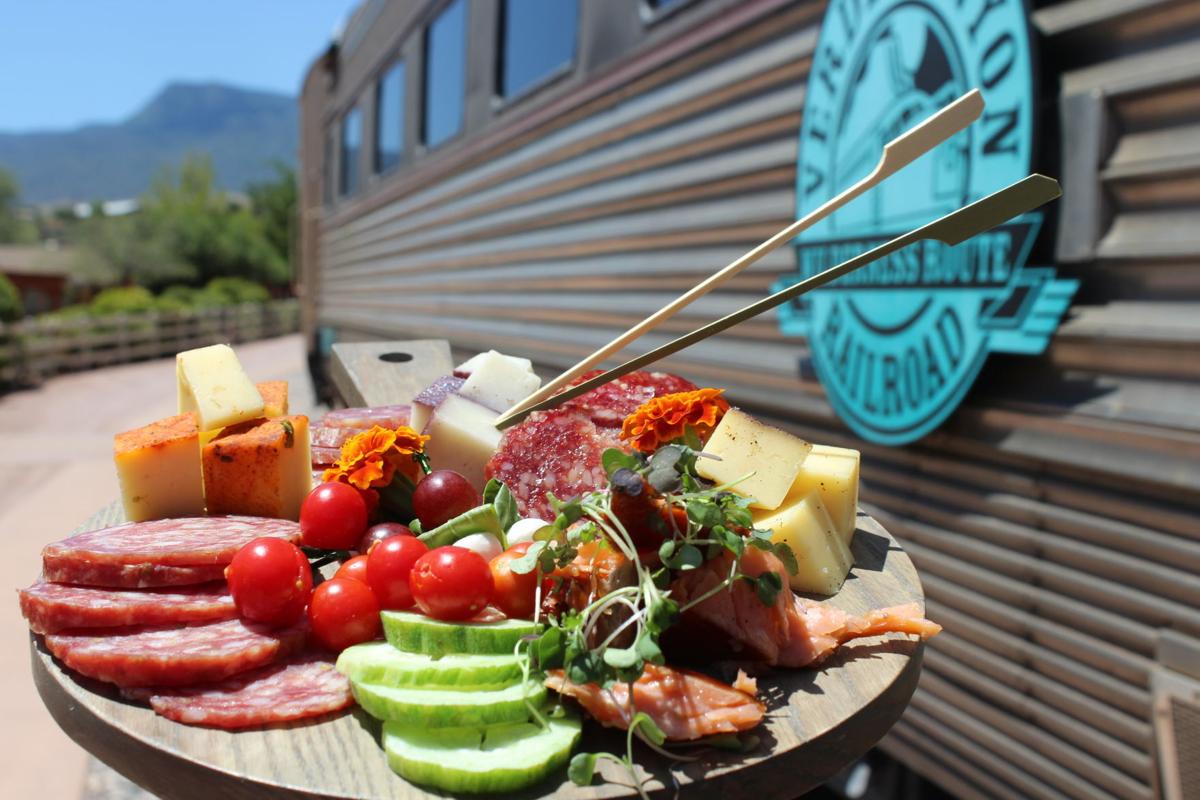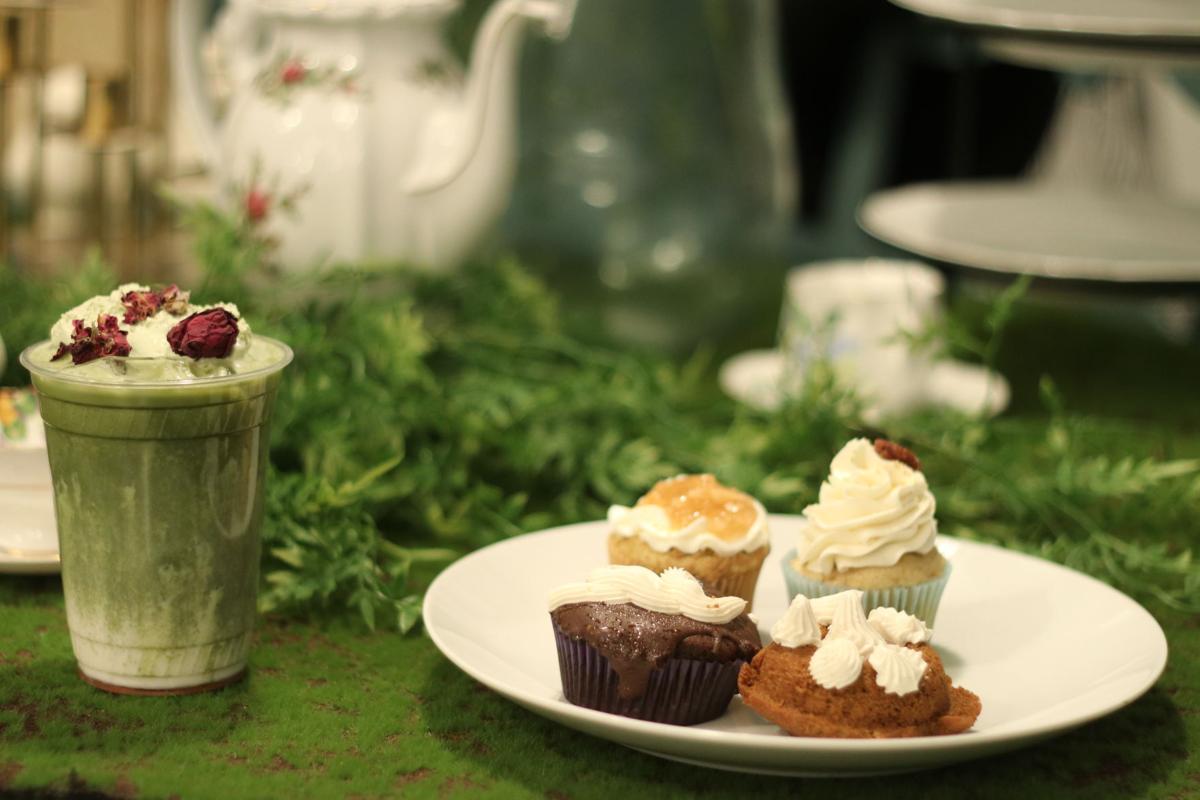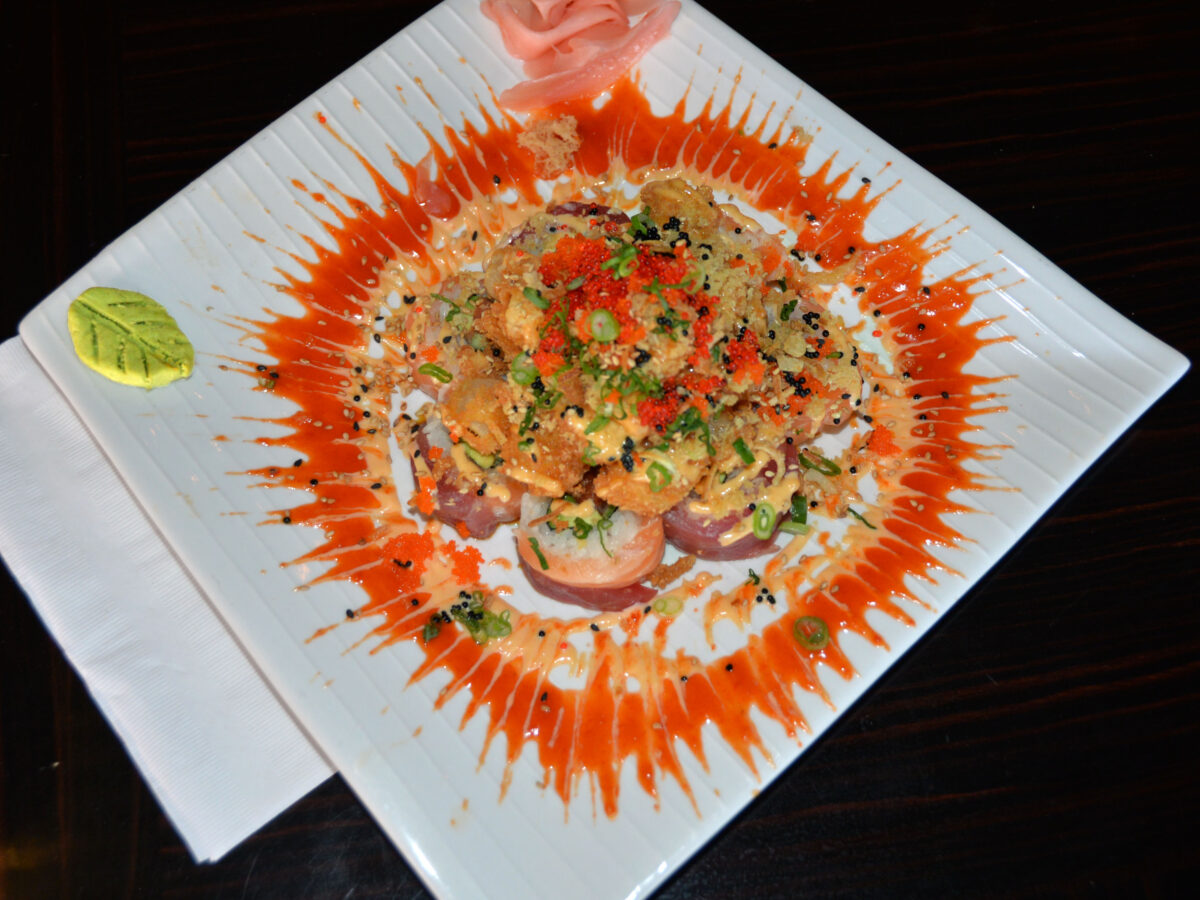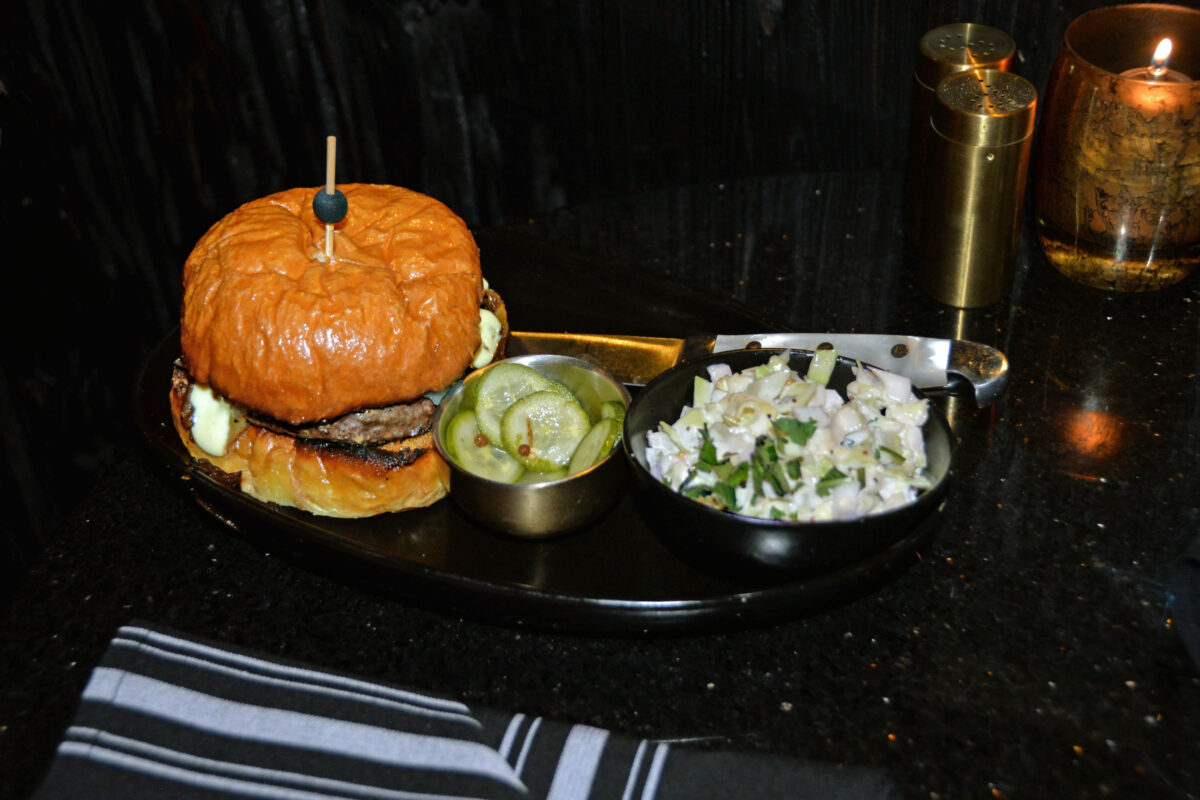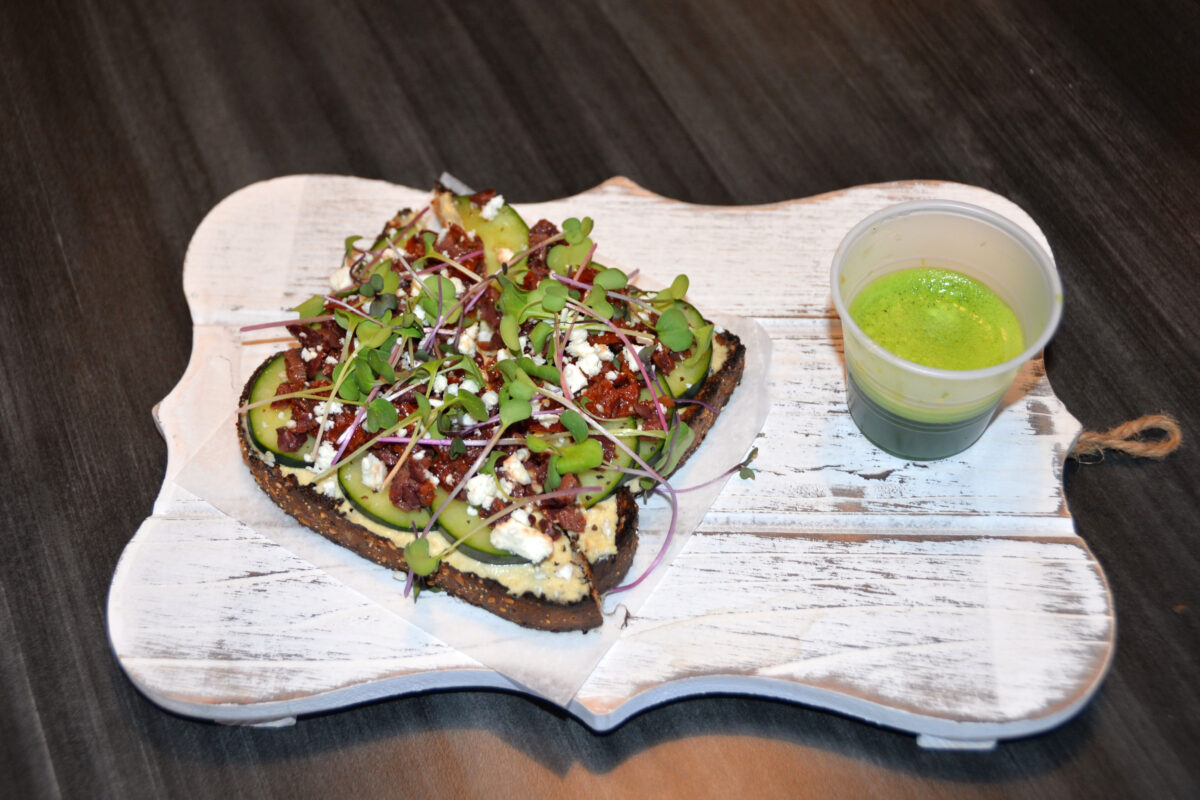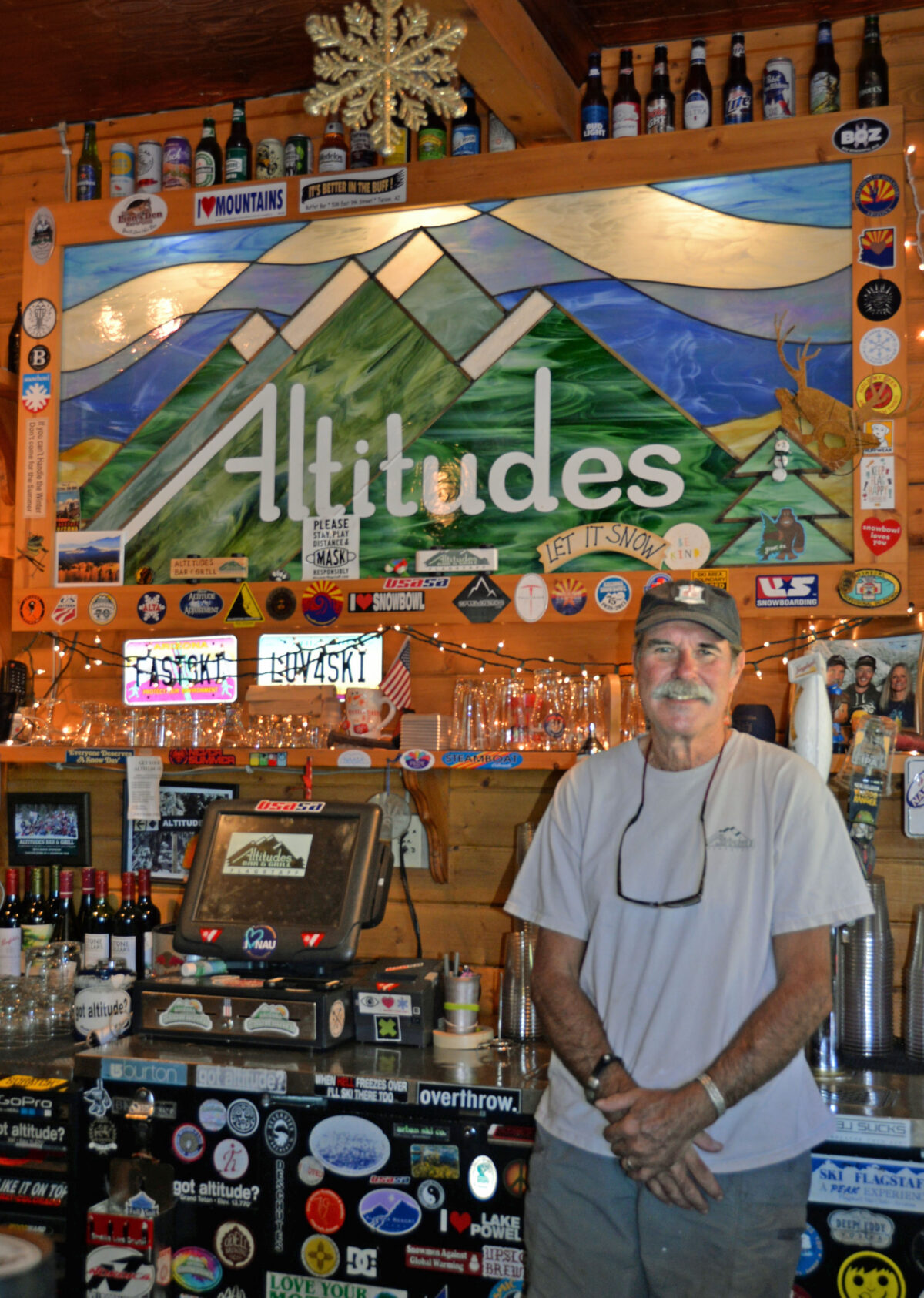Best of Flagstaff December 2020
Written by Gail G. Collins
When we nurture things, they grow. So it has been for Mama Burger, even during these difficult days. After a decade, crafting vintage and trendy burgers has earned them the patronage of neighbors, schools and the medical community. With a win in 2019, they have doubled down as the Best Burger in Flagstaff.
“It’s a good feeling,” owner Bernadette Chavez said. “This time, it solidifies everything. It’s a boost of confidence for us and the business and validation for all the blood, sweat and tears.”
Co-owner and husband Pete Schepper agrees as their two daughters follow in their footsteps, supporting the family business. The couple chalks up their success to an amazing crew, who run the day-to-day show, developing customer relationships with guests, advising on community contributions to school events and more.
Mama Burger brought on a new general manager, Ryan Boser, who has delivered with creative problem-solving. The pandemic demanded it, and crises are when innovators shine. As staff numbers fell and rose again, Boser built a team, meshing former employees with a new crew.
“It’s been tough navigating the past seven months,” Schepper said, “but Ryan helped us think through problems as they arose and devise solutions.”
For example, when the delivery truck backed into their drive-through sign board and voice box, Mama Burger was caught short. Boser brainstormed an outdoor menu board, gathered materials from Home Depot and helped construct it.
“It’s easy to say something doesn’t work, but it’s rare when people come to you with solutions,” Chavez said.
Under COVID-19, Mama Burger changed their entire sales format, transitioning from a 90-percent dine-in model to 100-percent drive-through.
“What had been an after-thought—our drive-through—was now our priority,” Schepper said. Mama Burger has continued that strategy to keep employees safe.
Running the drive-through presented a challenge to service as far as speed. With one grill and one cook, they worked to become more fast and efficient.
“We have no warmer, and food is cooked fresh to order, and that takes time,” Chavez said, “but those who wait are rewarded with a great product.”
The namesake burger is the most popular menu item by far. Made with house sauce, lettuce, tomato, grilled onions, American cheese and pickles, it accounts for three-quarters of orders.
“The Mama Burger is a traditional throwback to diner days,” Schepper said. “Fresh meat smashed on a flat-top griddle—there’s nothing better.”
According to Schepper, that sandwich epitomizes Mama Burger’s nostalgia, located in an old building, where time seems to have stood still.
The MOAB, or Mutha’ Of All Burgers, is the runner-up. Built on a foundation of two patties, French fries are packed on, adding tomato, lettuce, grilled onions, green chilies, bacon, cheddar cheese, house sauce, pickles and jalapeños. No need to put down that mammoth stack of meat to stuff fries in your mouth.
The burgers are a bargain as handcrafted goods, ranging from less than $5 to $7.50 for the MOAB. One can fashion a niche burger as well, adding patties or swapping cheeses and sauces, like ranch or A-1, extra toppings like red onions or jalapeños, plus primo toppers like green chilies, guacamole, mushrooms or pineapple. The world is your burger.
There is also a local, plant-based patty or gooey grilled cheese for those who might be giving beef a break. Extra deals include creating a combo with fries or tots and a drink or trading up for a milkshake.
As for adapting, Mama Burger was born of inspired ideas. Brothers Brent and Pete Schepper own Fratelli Pizza, another Best of Flagstaff winner. As the pizza place expanded and moved, they ended up with an empty lease spot. Pete pitched the idea of a burger joint, and his wife leapt at the notion. Mama Burger opened with a bang, outgrew the original location and moved to bigger digs and expanded the menu.
Their drive-through lane often snakes into the neighborhood, but no one minds. They love Mama B, as she is known around town.
“I got her into this,” Schepper said, “and Bernadette has done a fantastic job of making it her own success.” BESTofFLAG2020

